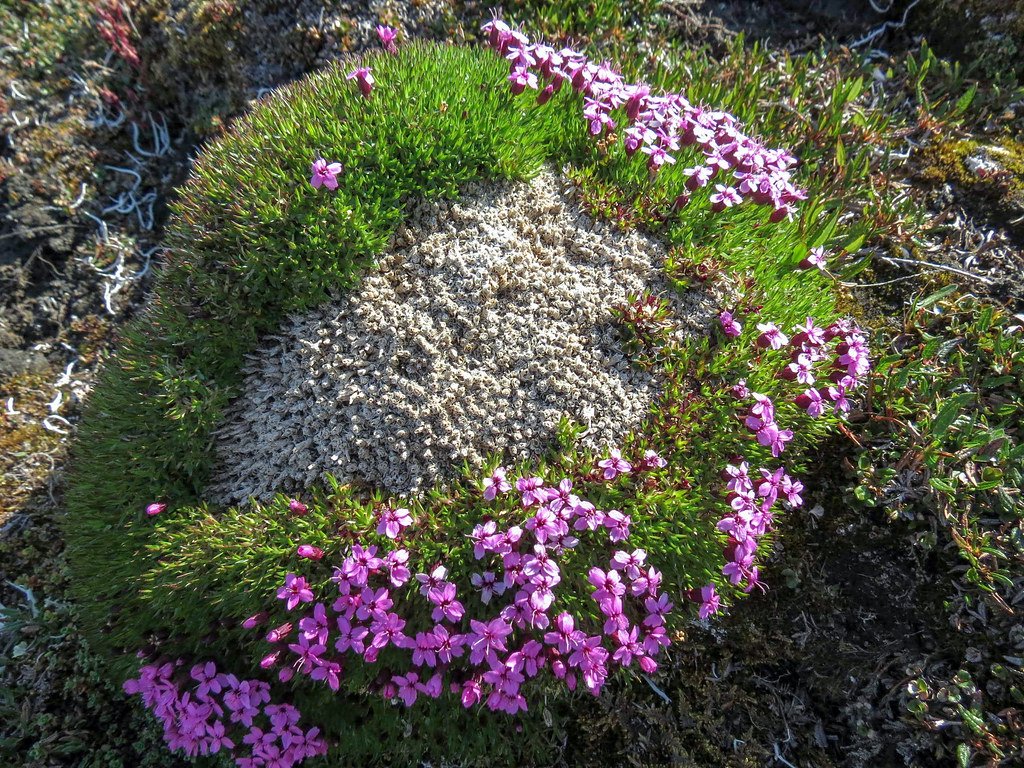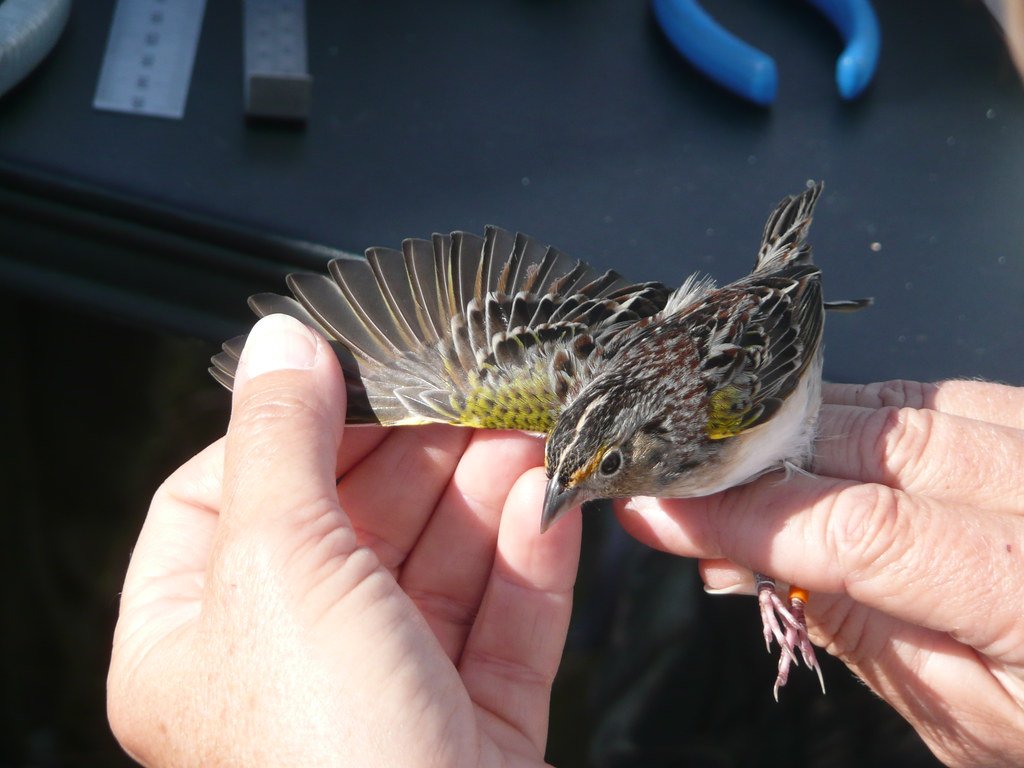Imagine standing on a windswept mountain ridge, the world below blanketed in shimmering snow, biting winds howling all around. Suddenly, you spot an emerald green cushion, almost like a secret garden nestled in the ice. This isn’t just any plant. It’s a marvel of nature—a living, breathing heater, defying the cold by trapping air for warmth. Welcome to the incredible story of the cushion plant, a survivor in Earth’s harshest climates.
The Harsh Reality of High Mountain Life

Life above the treeline is unforgiving. Temperatures plunge well below freezing, with fierce winds and intense sunlight. Most plants would shrivel and die here, unable to withstand the brutal swings between freezing nights and sun-baked days. The soil is often little more than gravel, with barely any nutrients or water. Yet, nestled amid these extremes, cushion plants thrive, painting the snowy landscape with their vibrant greens and occasional bursts of flowers. It’s a world where only the toughest survive, and the cushion plant is the ultimate mountain underdog.
The Ingenious Design of Cushion Plants

Cushion plants don’t just grow; they architect their own microclimates. Their tightly packed, dome-shaped forms look like little pillows or green ottomans. This shape isn’t just for show—it’s a clever adaptation. The dense mat of leaves traps air, creating a warm, humid bubble inside, even when the world outside is icy. It’s like the plant is wearing a fluffy down jacket, keeping the bitter cold at bay. This design helps cushion plants stay alive when other species have long since frozen.
How Air Gets Trapped for Warmth
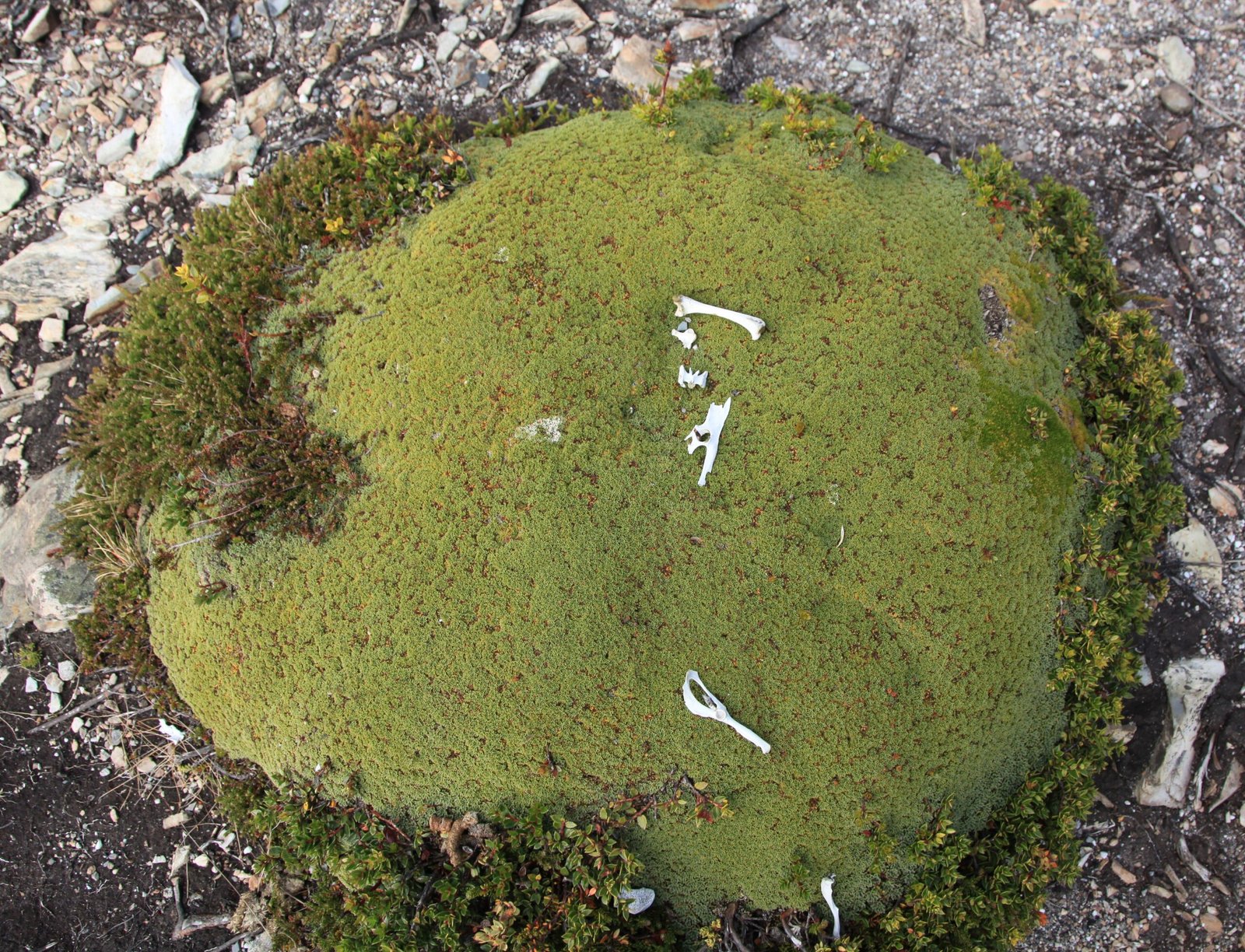
The trick lies in the structure. Tiny leaves layer over one another, with hardly any gaps, so wind and cold air can’t easily sneak inside. Instead, the sun’s rays heat up the air trapped within the cushion, and the plant’s own respiration adds moisture and warmth. This creates a surprisingly cozy environment, sometimes as much as 10°C warmer than the outside air. For a plant, that’s the difference between life and death. The cushion plant is like a natural thermos, always keeping the inside toasty.
Survival in the World’s Coldest Gardens
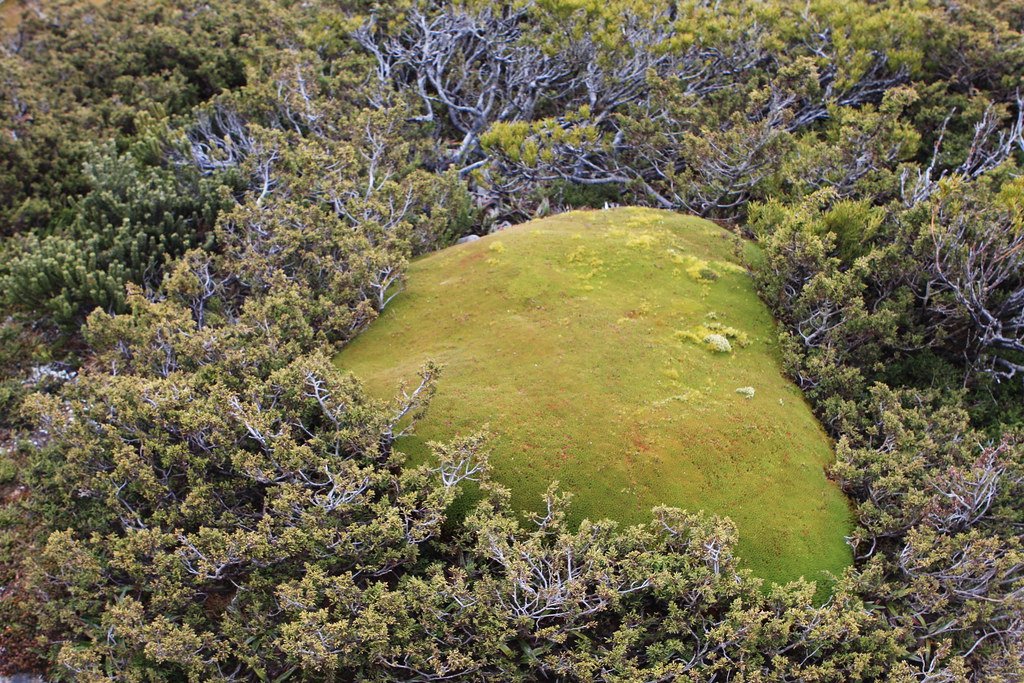
Cushion plants aren’t tied to just one mountain range. You’ll find them in the Alps, the Andes, the Himalayas, the Rockies, and even the frozen realms of Antarctica. Each species has its own twist on the cushion design, but the principle remains the same—trap air, hold warmth, and outlast the cold. In places where even lichens struggle, these resilient plants form green islands of life, proving that nature’s designs can be as inventive as any human engineer.
A Slow and Steady Approach to Growth
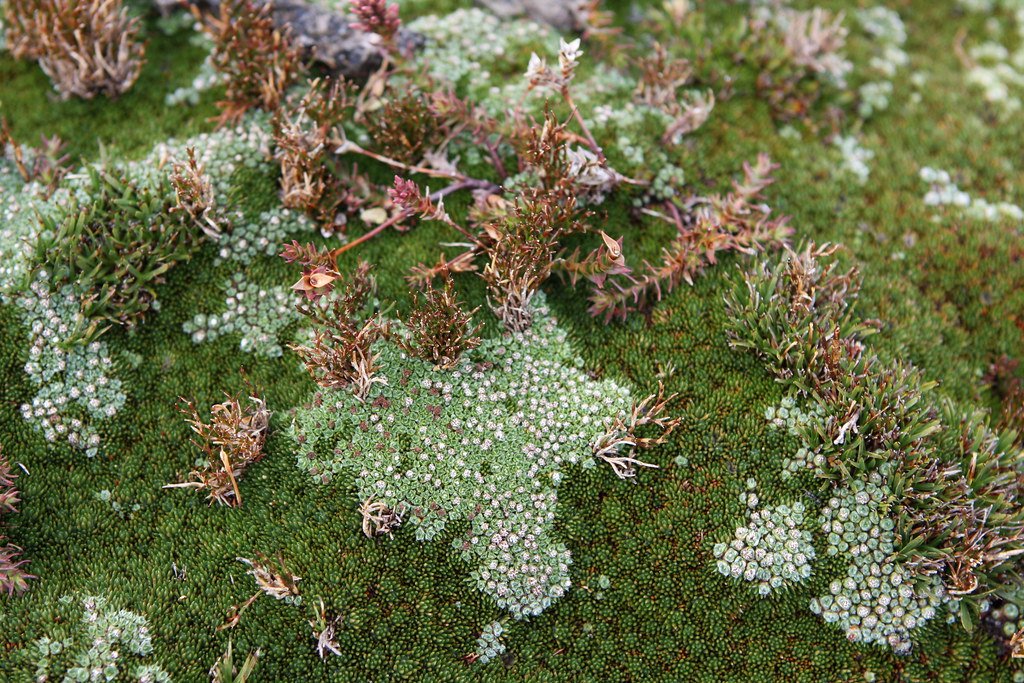
You might think such a tough plant would grow quickly, but cushion plants take their time. Many grow just a few millimeters a year. Some cushions you see today could be hundreds of years old, silent witnesses to centuries of storms. Their slow growth is a trade-off for survival; by investing in sturdy, dense structures rather than rapid expansion, they endure what most plants cannot. It’s a marathon, not a sprint, in the race to survive.
Mastering Water Conservation

On freezing mountains, water isn’t always easy to come by. Snow might surround these plants, but liquid water is scarce. Cushion plants have adapted by developing tiny, hair-like structures on their leaves that capture dew and melting snow. Their compact shape also reduces evaporation, keeping precious moisture locked in. Every drop counts, and these plants are experts at making a little water go a long way.
Creating Microhabitats for Other Life

Cushion plants aren’t just survivors—they’re life-givers. Their warm, humid interiors shelter insects, spiders, and even tiny rodents. Some birds nest nearby, taking advantage of the slightly warmer ground. Seeds from other plants sometimes germinate within the cushion, using it as a nursery. In this way, cushion plants act as landlords on the mountain, providing safe haven in a hostile world. Their presence can mean the difference between a barren slope and a thriving miniature ecosystem.
Photosynthesis on the Edge

Photosynthesis is tricky at high altitudes. The sun is fierce, but temperatures are low and the air is thin. Cushion plants have adapted by developing pigments that protect them from ultraviolet radiation. Their leaf structures are optimized to capture every bit of sunlight, even on cloudy days. They are like solar panels in extreme conditions, making energy where most plants simply can’t.
Beating the Wind: Natural Windbreakers

Wind on mountaintops can be devastating, stripping away soil, water, and warmth. The low, rounded form of cushion plants means wind flows over them rather than through them. This protects not just the plant itself, but also the soil beneath. With every gust, these plants hold tight, their dense structure a natural shield against erosion. They’re the mountain’s own windbreakers, standing firm in the face of relentless storms.
Flowering Against the Odds

Even in harsh conditions, cushion plants burst into bloom. Their flowers are often small but spectacular, splashing color across the snow. Blooms are timed with the brief window of summer, when pollinators like bees and flies are active. Some cushion plants even warm their flowers using trapped heat, making them more attractive to visiting insects. It’s a festival of life in a landscape that, at first glance, looks lifeless.
Pollinator Partnerships in the Cold

At high altitudes, pollinators are rare. Cushion plants get creative, attracting the few insects around by offering warmth and shelter in their blossoms. Some even produce a faint scent or sticky nectar that lures in mountain-adapted bees. The relationship is a delicate dance—without the plant, the pollinators would struggle, and without the pollinators, the plant couldn’t reproduce. It’s a symbiotic friendship formed in the coldest corners of the world.
Defying Frost and Ice Crystals

Frost is a constant threat on frozen mountains. Ice crystals can shred plant cells, leaving them dead and brown. Cushion plants fight back with antifreeze-like chemicals in their tissues, which prevent ice from forming inside their cells. Their thick mats also act as insulation, keeping the coldest air away from their vital parts. If you’ve ever seen a cushion plant after a frost, you’ll notice it’s often untouched, a green beacon in a sea of white.
Unique Species Across the Globe
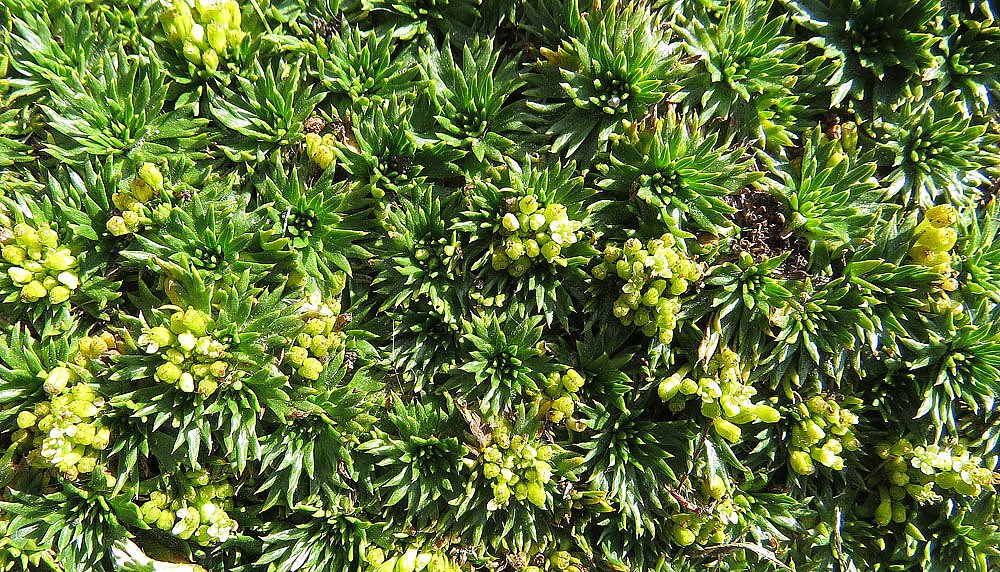
From the silvery “Azorella” of South America to the bright green “Silene acaulis” in the Arctic, cushion plants come in many shapes and sizes. Each has its own adaptations, suited to its home mountains. Some have spiny leaves to deter hungry herbivores, while others have fragrant blooms to draw in rare pollinators. These unique twists make cushion plants a fascinating example of how evolution tailors life to fit the landscape.
Lessons from Nature’s Architects

Engineers and scientists look to cushion plants for inspiration. Their ability to trap air and regulate temperature has sparked ideas for new insulation materials and energy-efficient building designs. The plant’s structure is a masterclass in resilience, showing how simple shapes can create powerful microclimates. By studying these natural architects, we learn not just about plants, but about problem-solving in extreme environments.
Threats from a Warming World

Climate change is rewriting the rules on mountaintops. As temperatures rise, cushion plants face new challenges—encroaching shrubs, shifting snow lines, and unpredictable weather. Some species are already shrinking in range, unable to move higher as their old homes warm up. These changes threaten not just the plants, but the entire web of mountain life that depends on them. The fate of cushion plants is a warning sign for all who care about wild places.
Why Cushion Plants Matter to Us All
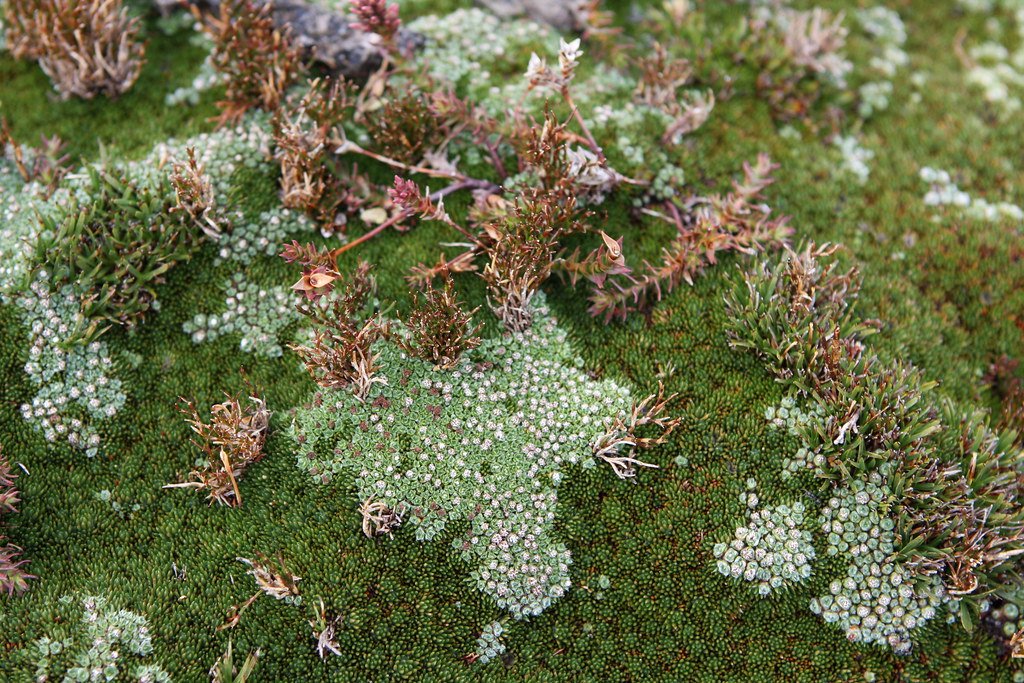
Even if you never set foot on a frozen mountain, cushion plants matter. They are reminders of nature’s ingenuity, showing us how life can persist against all odds. Their survival strategies teach us about adaptation and resilience, qualities more important than ever in our changing world. Plus, they’re simply beautiful—tiny islands of green in a sea of snow, proof that life finds a way, no matter how tough things get.
The Unseen Heroes of the High Peaks
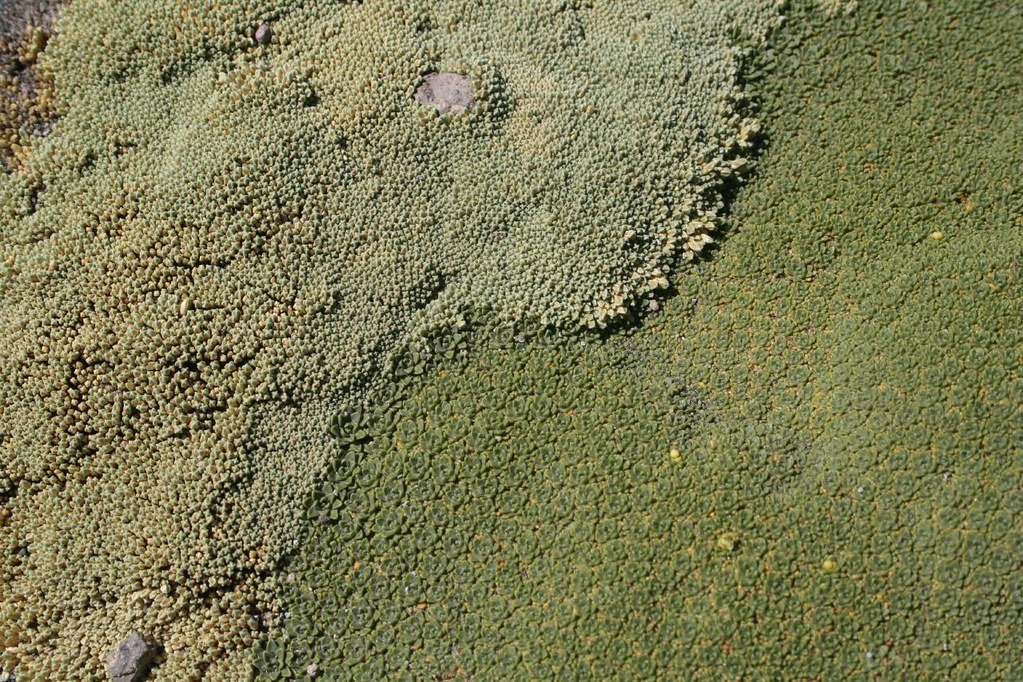
It’s easy to overlook something small and quiet, especially in a landscape dominated by towering peaks. But cushion plants are the unsung heroes of the mountains, quietly shaping ecosystems, nurturing life, and defying the cold with every leaf. Next time you imagine a frozen mountaintop, picture these green cushions, bravely holding onto warmth, offering shelter, and telling a story of survival that’s as inspiring as any epic adventure.

